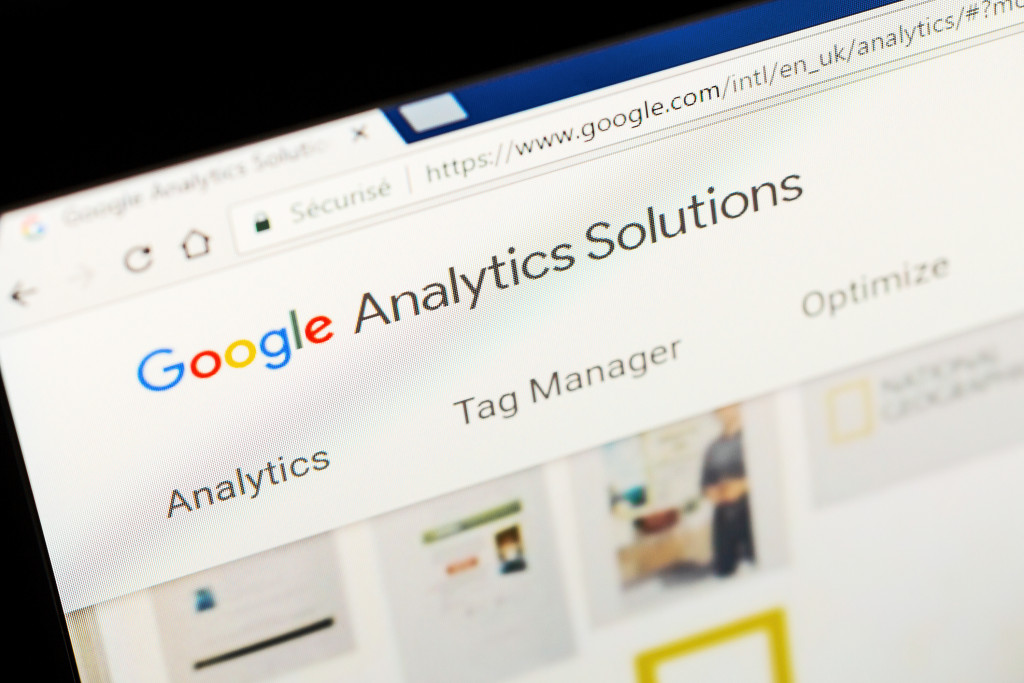The pandemic has caused companies big and small to start getting creative with almost all aspects of their business models. From developing new revenue streams, digitalization, modern marketing practices, and technological integration, businesses have been forced to evolve in an effort to stay relevant. While these aspects are certainly not novice ideas in various industries, the accelerated inanities definitely are. What were initially plans to be implemented over a five- or ten-year period have sped up as the consumer market behavior adapts to the new normal. The lockdown’s shelter in place orders has placed a heavier focus on digital initiatives and a seamless user interface for online websites.
More prominent corporations with larger market shares and more significant profit margins have certainly made it clear that their game is to take on the challenge of the new market, but what about smaller corporations and businesses? The same tips and tricks to pivot business models can be seen in watered-down versions for smaller-scale businesses. While the changes may not be as flashy, they’re certainly making a world of difference when it comes to smaller community businesses.
New Revenue
The most significant and most essential change to take into consideration due to the pandemic is the need for an eCommerce-enabled platform. Whether you choose to establish an online ordering system that’s unique to your brand or partake in third-party websites that can do so, online ordering is the new normal. While citizens continue to adjust to the new normal and balance new remote working setups, the accessibility of your brand online is vital to serving consumers. Establishing new avenues for sales or bookings helps businesses reach customers better and often allows for better electronic transactions and record-keeping, which benefits the company in the long run. Outside of e-commerce, pivoting to new avenues such as mobile business, third-party delivery services, and other unlikely partnerships can also provide you with additional opportunities to reach your market.
Digitalization
The pursuit of digitalization is closely tied to almost all aspects we’ll be mentioning; it delves into how to keep your business afloat in such a competitive market. Digitalization has been known to further a brand’s connection with its consumers and transitions traditional practices into the digital sphere. As an example, what were previously print ads have now turned into online advertising across multiple avenues. Another excellent example of digitalization would be Netflix. Previously, a physical CD rental store ultimately transitioned their repertoire into the web and ditched the various overhead costs that were cutting into their bottom line. Your brand’s digitalization pursuits are keenly reliant on which business processes would benefit from a touch of digital. While not all businesses can go completely digital, most businesses continue to use outdated business practices that can be further simplified, which will lead to better efficiency.

Modern Marketing
The marketing and advertising space have long been going through a digital makeover as well. The rise of social media and the vitality of smartphones has proven that an online presence is an essential tool to reaching customers. With that said, it’s also worth noting that after the initial gloss of social media’s early years wore off, the market now patronizes natural, organic, and authentic content. Instagram, which now boasts eCommerce features and an increase in active users during the new normal, is filled not with traditional ad images but curated lifestyle postings that promote numerous brands. Some brands can opt for direct advertising on the platform with feed ads or through their stories feature. Still, the influencer market has also resulted in promising sales numbers for major corporations.
Technological Integration
Injecting modern technological innovations and devices may be more utilized in bigger companies, but there are also ways to make them work on a smaller scale. As bigger companies begin to utilize artificial intelligence and advanced algorithms to pursue automation and streamline their organizations, other simpler tricks are on the market. A great example is car dealerships or real estate companies integrating virtual reality to give virtual tours to their customers. The lowest mortgage rates and deals accompanied by new developments in how buyers can see and review their offerings have helped them successfully navigate and cater to ever-changing market behaviors. Virtual reality goggles and 360-view videos online that were previously launched in the gaming and tech world have presented themselves as great additives to other business industries.
Maintaining a competitive edge in such unsure times all comes down to your business’ adaptability. Be it your day-to-day practices or your overhead processes, these all need to be malleable enough to bend to new and more effective ways of doing business.



